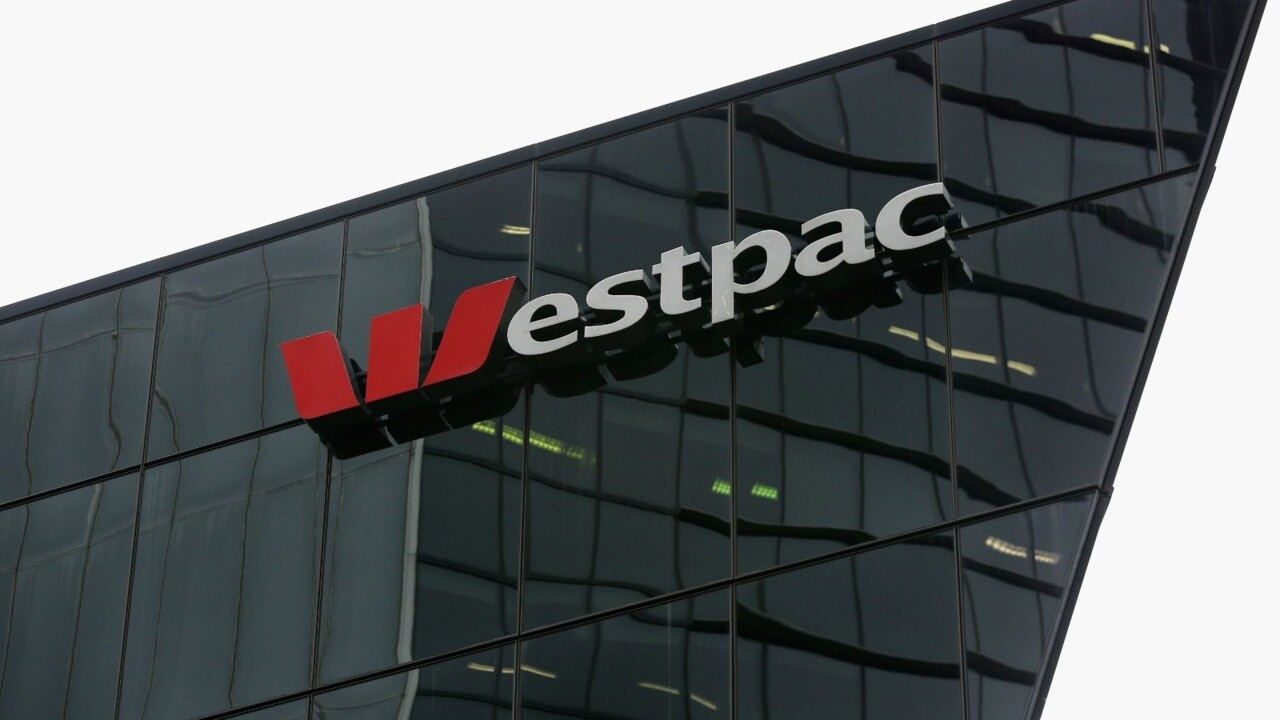Banks prepare for higher loan losses amid record earnings
Australia’s big banks are expecting higher levels of bad loan losses and are paying close attention to the contagion risk from the global banking crisis.

The nation’s big banks are expecting higher levels of bad loan losses and are paying close attention to the contagion risk from the global banking crisis even as they deliver record earnings and higher investor returns.
The big banks – three of which announced interim results in the past 10 days – have reported record interim results of $17.1bn, up 19 per cent from a year earlier and surpassing the previous record of $15.8bn in 2015, according to an analysis by PwC.
They appear to be on track for a record 2023 full year result, with higher net interest margins – what a bank earns after paying for funds – as well as higher trading income and lower one-off expenses this year.
Margins rose 0.16 percentage points to 1.91 per cent, and return on equity jumped 2.03 percentage points to 12.6 per cent, PwC said.
But the lenders have also increased their combined provisions by 4.3 per cent to $20bn during the first half of fiscal 2023, an analysis by EY shows, reflecting the banks’ expectations of higher loan losses as interest rates remain elevated.
“[This] indicates that the financial institutions are expecting difficulty in the markets, which correlates very well to the commentary [from bank executives] about the difficulties that households and businesses are facing given the rising increase in rates,” said EY Oceania banking leader Doug Nixon.
Westpac chief executive Peter King on Monday warned that the industry would endure lower interest margins from intense competition in the mortgage market, echoing similar comments from executives at NAB and ANZ last week.
Westpac rounds out the bumper major bank interim reporting season for those that have a September 30 year end. ANZ and NAB last week reported record half-year profits, underpinned by official rate increases and expanding net interest margins.
Commonwealth Bank – which has a June 30 year end – delivers a trading update for the third quarter on Tuesday.
Despite the positive results, the banks are facing strong – albeit moderating – competition in the mortgage market and inflationary pressures, including from wages, which is putting pressure on margins and pushing costs higher.
Operating expenses rose 4.5 per cent to $19.9bn during the year, while their expense-to-income ratio fell 4.75 percentage points to 44 per cent, according to PwC, driven by the unprecedented rise in net interest income from the rapid rise in rates.
Westpac’s Mr King on Monday walked away from his previous $8bn cost target for the bank by 2024. He said management would instead focus on improving the bank’s cost-to-income ratio relative to its peer group.
In the past year, the bank reduced that ratio to 42.6 per cent, from 54.1 per cent.
The minimum cost of overnight money for banks – the cash rate – rose 11 times to 3.85 per cent in the past 12 months. Banks have protected their margins by passing on the increase almost immediately to borrowers with variable home loans, but waiting a little longer to share the increase with depositors.
“If rates continue to increase … then we would expect to see further challenges in the asset quality of the banking sector in the financial periods ahead,” Mr Nixon said.
While loans in arrears were rising, non-performing loans were at historically low levels and banks were not anticipating a sudden wave of home loan defaults, EY said. That was even as many fixed-rate mortgages paying about 2 per cent start maturing and have to be refinanced with rates of between 5 per cent and 6 per cent currently.
The banks are also paying more attention to their “deposit mix”, including the proportion of insured and uninsured deposits, EY’s Mr Nixon said.
Australia’s government guarantees deposit accounts worth up to $250,000 at authorised banks in the event of a bank collapse. The excess balance is not guaranteed.
In the US, where deposits up to US$250,000 are guaranteed by the Federal Deposit Insurance Corporation, a number of banks that were unable to manage the rapid increase in rates and had large amounts of uninsured deposits have failed in recent weeks.
“Many banks have been watching the overseas bank failures unfold and impacts to the Australian financial system have been mild. But history tells us that these tightening cycles tend to flush out weaknesses in the financial system,” Mr Nixon said.
“We are seeing institutions across the market here look at what’s unfolding in the American markets and then taking a look at their own portfolios to ensure that they don’t have similar exposures.”
Australian banks hold $2.8 trillion in deposits, according to the Australian Prudential Regulation Authority (APRA). The regulator does not publish the level of uninsured deposits in the system.







To join the conversation, please log in. Don't have an account? Register
Join the conversation, you are commenting as Logout